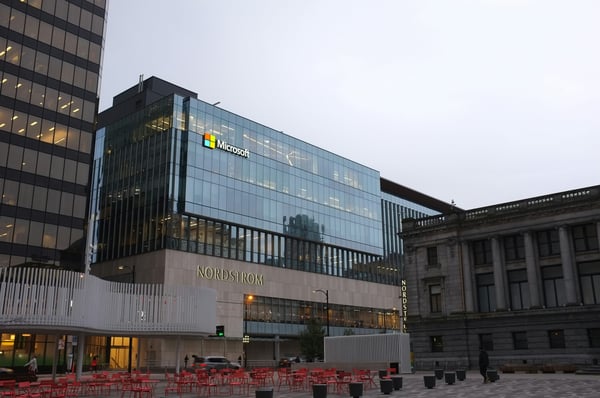In a significant move towards sustainability, Microsoft has partnered with Brazilian company...

Microsoft’s Re.green Partnership: 3.5 Million Carbon Credits for Sustainable AI
1

Microsoft to Purchase 8 Million Carbon Removal Credits from Reforestation Projects in Latin America
Microsoft has signed a deal to acquire up to 8 million nature-based carbon dioxide removal...
2

France Valley Launches €200 Million Fund for Afforestation, Reforestation, and Revegetation Projects
Paris-based France Valley has announced the establishment of a €200 million ($214 million) fund...
2

Tech and Finance Fuel Biochar Boom as Carbon Removal Demand Reaches New Highs
The biochar carbon removal (BCR) market is experiencing unprecedented growth in 2025, setting new...
1



